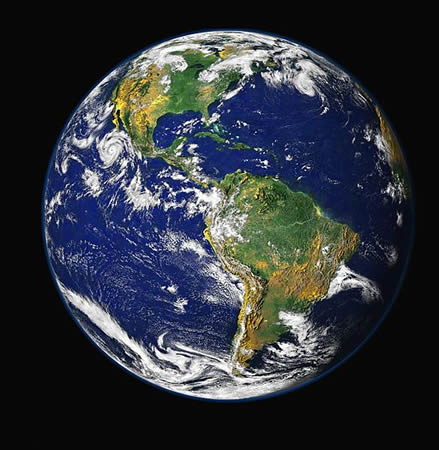No Butts About It: Earth Day is Everyday
By Ellen Girardeau Kempler

By the time you read this, Earth Day 2014 will be history. The now-annual observance that started in 1970 has become a touchstone for campaigns around a host of causes from water conservation to land preservation, bees to whales, rainforests to wetlands.
Many credit Rachel Carson’s 1962 bestseller, “Silent Spring,” with starting the environmental movement that led to the nationwide ban on DDT and the establishment of the Environmental Protection Agency. “The Blue Marble,” the famous picture of Earth taken from space on Apollo 17’s 1972 lunar landing mission, helped shape the modern understanding of our planet as a fragile oasis in an infinite universe.
Your actions throughout the year can positively effect the global environment. Think of our small town as a microcosm of the rest of the world, then consider the ecological problems that plague us most: traffic, ocean pollution, drought and fires. Summer’s crowds and heat exacerbate all of these issues.
What if Laguna’s residents, businesses and workers responded by changing their habits in small ways? For example, if everyone who needed to go downtown started parking outside of the most congested areas and walking, biking or taking the bus instead of driving in circles looking for parking, we could significantly reduce our traffic headaches and air pollution.
We’d get even more benefit if everyone planned their out-of-town errands for maximum efficiency and carpooled or took the train for longer trips in Southern California whenever possible. If every person who walked our beaches and trails, parked at our scenic viewpoints, picnicked in our parks and strolled our downtown took a trash bag along and used it, our ocean wouldn’t be swimming with cigarette butts, dog poop and plastic. If the city and its residents replaced lawns with succulents or natives, installed rain barrels and adjusted their sprinklers, we would conserve precious water we especially need in case of fire.
Forty years after the first Earth Day, we’re facing a fight for the world as we know it, and for our continued survival here. Climate change is already happening. As Rachel Carson wrote in “Silent Spring,” “we stand now where two roads diverge. But unlike the roads in Robert Frost’s familiar poem, they are not equal. The road we have long been traveling is deceptively easy, a smooth superhighway on which we progress with great speed, but at its end lies disaster. The other fork of the road—the one less traveled by—offers our last, our only chance to reach a destination that assures the preservation of the earth.” Like all consciousness-raising observances, Earth Day’s real meaning comes from each person’s long-term commitment to expending a little more effort to save the world we love.
Ellen Girardeau Kempler is founder and chief navigator of Laguna-based Gold Boat Journeys, specializing in creating custom travel experiences. Contact her at [email protected] or 949-274-1702.





[…] If every person who walked our beaches and trails, parked at our scenic viewpoints, picnicked in our parks and strolled our downtown took a trash bag along and used it, our ocean wouldnt be swimming with cigarette butts, dog poop and plastic. If the city and its residents replaced lawns with succulents or natives, installed rain barrels and adjusted their sprinklers, we would conserve precious water we especially need in case of fire. Forty years after the first Earth Day, were facing a fight for the world as we know it, and for our continued survival here. To read the original article please see http://www.lagunabeachindy.com/eye-nature/ […]